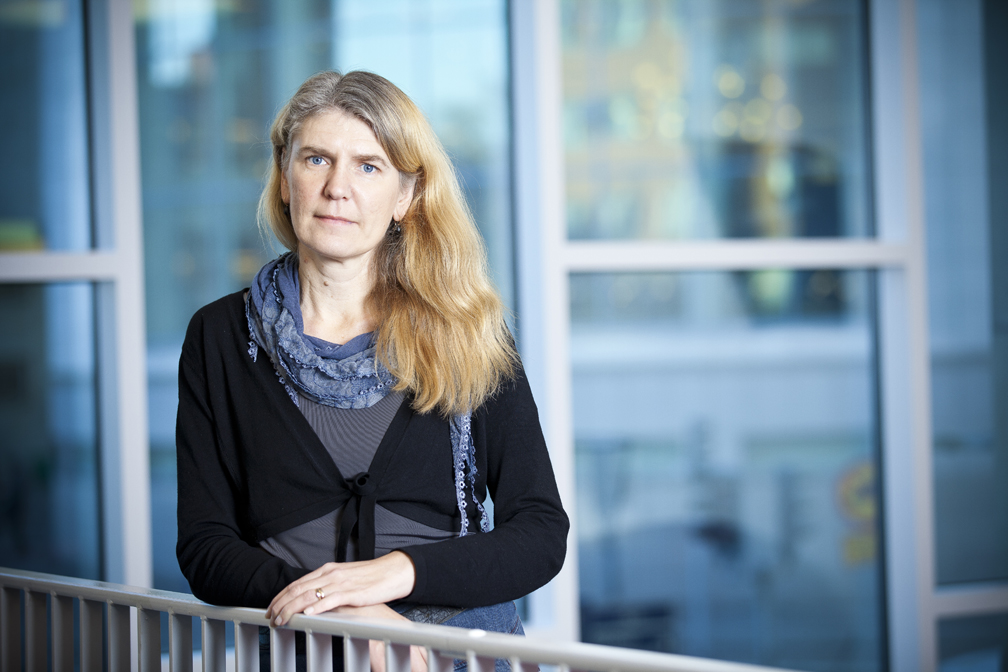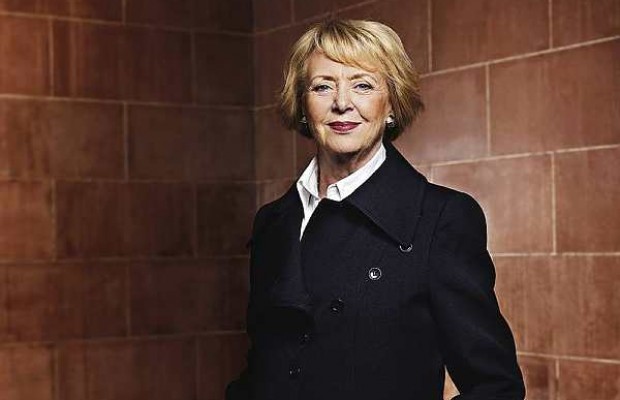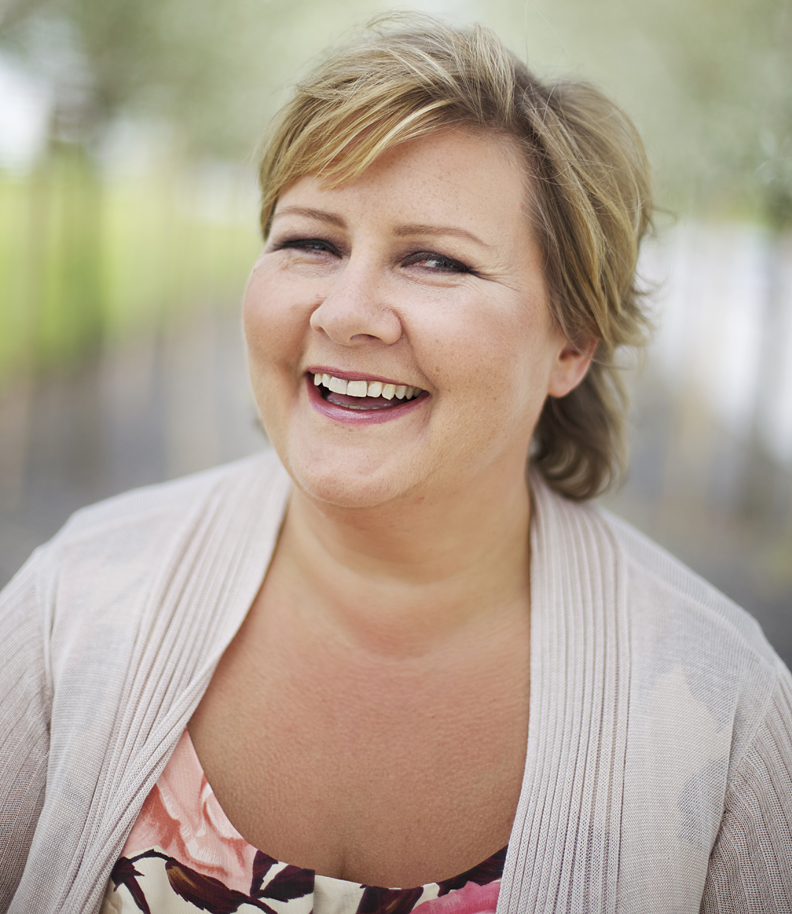No female at the top
Is egalitarian Sweden not so egalitarian after all? Four of five Nordic countries have had women at the top.
-
 L-R: Helle Thorning-Schmidt, Denmark’s current prime minister. (Photo: Magnus Fröderberg); Erna Solberg, Norway’s second female prime minister (the first was Gro Harlem Brundtland). (Photo: Christian Fredrik Wesenberg); Icelandic Vigdis Finnbogadottir was president of Iceland from 1980 to 1996.; Finland’s former president Tarja Halonen (she served 2000-2012); Sweden, however, has not yet had a female top leader
L-R: Helle Thorning-Schmidt, Denmark’s current prime minister. (Photo: Magnus Fröderberg); Erna Solberg, Norway’s second female prime minister (the first was Gro Harlem Brundtland). (Photo: Christian Fredrik Wesenberg); Icelandic Vigdis Finnbogadottir was president of Iceland from 1980 to 1996.; Finland’s former president Tarja Halonen (she served 2000-2012); Sweden, however, has not yet had a female top leader -
-
Embarrassing? The recent election in Norway and the centre-right coalition's means a second female Norwegian Prime Minister, Erna Solberg, will take office in october this year.
Actually, within Scandinavia, Sweden is the only country that has not had a woman as the ultimate leader.
“It’s soon embarrassing, and it won’t happen before 2018,” says Lena Wängnerud, a professor at the Department of Political Science at Göteborg University, whose research concerns representative democracy. -
 Sweden, however, has not yet had a female prime minister, something Lena Wängnerud, a professor at the Department of Political Science at Göteborg University says will soon become “embarrassing.” Photo courtesy of University of Göteborg
Sweden, however, has not yet had a female prime minister, something Lena Wängnerud, a professor at the Department of Political Science at Göteborg University says will soon become “embarrassing.” Photo courtesy of University of Göteborg -
-
Neighbors ahead
Norway, Denmark, Iceland and Finland have all had their female prime ministers, while Sweden is still waiting. Wängnerud believes that has to do with a certain Swedish naiveté. “Sweden has a high number of women in parliament compared to other Nordic countries. So we think this thing will simply take care of itself,” she says. But she doesn’t really believe it will. Long-term efforts to develop female candidates for the prime minister post are needed. Wängnerud believes that all political parties need a gender-mixed group in the layer directly under the party leader, and that this layer has to work actively with the issue of a female party leader. She highlights the Center Party, which has had several female party leaders.
“It’s no coincidence, since there’s been a long tradition in a strong female alliance,” she says. But in order to stay as a female party leader, a huge internal support within the party is needed. And here, too, the Center Party which is prsently lead by Annie Lööf, who succeeded Maud Olofsson, is a great example.
“Göran Persson (social democrat) and other male leaders have managed to lead their party through solo performances, while the female leaders have needed an anchored support from all sections of their respective party,” says Wängnerud, and adds that Mona Sahlin (also social democrat) always suffered from a divided internal support system. Meanwhile, Wängnerud does not believe that women are being held back deliberately in Swedish politics.
“A female prime minister candidate would in no way be seen as an obstacle to win an election,” she says. In Sweden there’s also a tradition to have party leaders stay on their posts for long periods of time. “In Norway and Denmark, party leaders are exchanged more often, which makes for greater possibilities for female candidates.” -
 Icelandic Vigdis Finnbogadottir was president of Iceland from 1980 to 1996.
Icelandic Vigdis Finnbogadottir was president of Iceland from 1980 to 1996. -
Greatest chance in the Moderate Party
According to Wängnerud, the party with the best breeding ground for a female prime minister right now is the Moderate Party. But according to Kirsti Niskanen, who is researching gender history at Stockholm University, it may take time. “No woman with that sort of luster has emerged from the party. The Moderates also don’t seem to have a living strategy to pick competent women,” she says, adding that the Nordic countries aren’t as similar as many seem to think. “Norway has a long tradition of quotas in politics, and there’s no counterpart to that in Swedish politics.” A female prime minister is an important symbol. “A prime minister is a role model and a woman on that post would be inspiring to many,” says Niskanen. “From a democratic perspective, it is important that everyone, regardless of gender, class and ethnicity, has the possibility to reach political top positions. But that’s not what it looks like in Sweden today.” -
 Erna Solberg, Norway’s second female prime minister (the first was Gro Harlem Brundtland). Photo: Christian Fredrik Wesenberg
Erna Solberg, Norway’s second female prime minister (the first was Gro Harlem Brundtland). Photo: Christian Fredrik Wesenberg -
-
-
